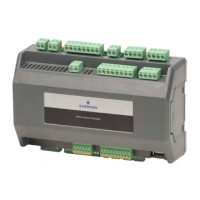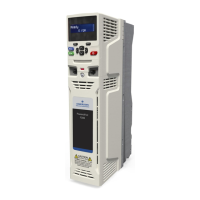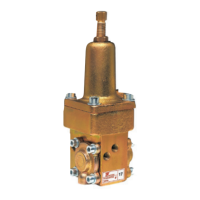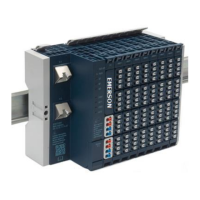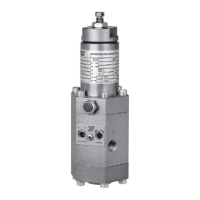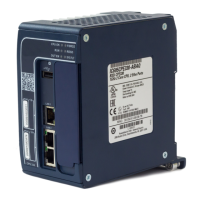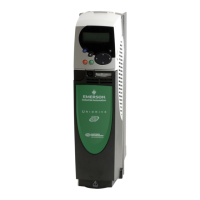Application Guide Chapter 3
GFK-2928C Oct 2019
Application System Architecture 7
3.3 Dual Bus Mapping Description
The dual-bus application evaluates the attachment state for each Genius device on both
busses.
•
If the device is attached to Bus A, then the corresponding inputs appearing in the A
references are valid and no further action is needed.
•
If the Genius device is attached to Bus B, then the inputs appearing in the B reference
area are remapped (i.e., MOVed) into the A reference area.
•
If the Genius device is not attached to either Bus A or Bus B, then the inputs will “Hold
Last State”. There are two choices for the time period that the inputs are frozen.
—
Normally, the inputs are frozen for up to a specified time. When that period
expires, the values in the block of references are reset to OFF or 0. The preset time
period may be configured independently for each pair of dual busses.
—
Or, the alternative is to hold last state continuously until the device re-attaches
to one of the busses.
•
A fault message will be posted in the PLC Fault Table if a device changes its
online/offline state for the dual bus.
Figure 4: Fault Table Display
The message provides the slot number (S08 in the example) in which the PROFINET
Controller is installed, the device number (D004) for the Bus A GCG, the serial bus address
(SBA02) for the Genius device, and either Loss of Device (LOD) or Addition of device (AOD).
3.4 Development Environment
The software components require PAC Machine Edition, version 9.5 or later.
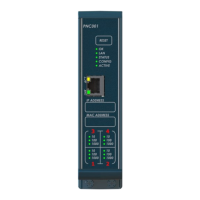
